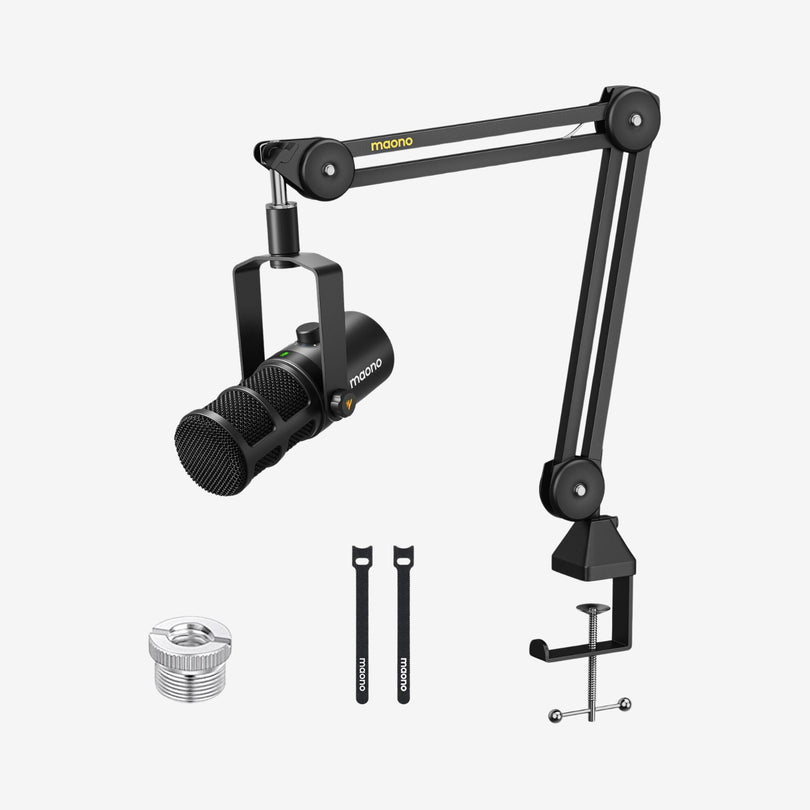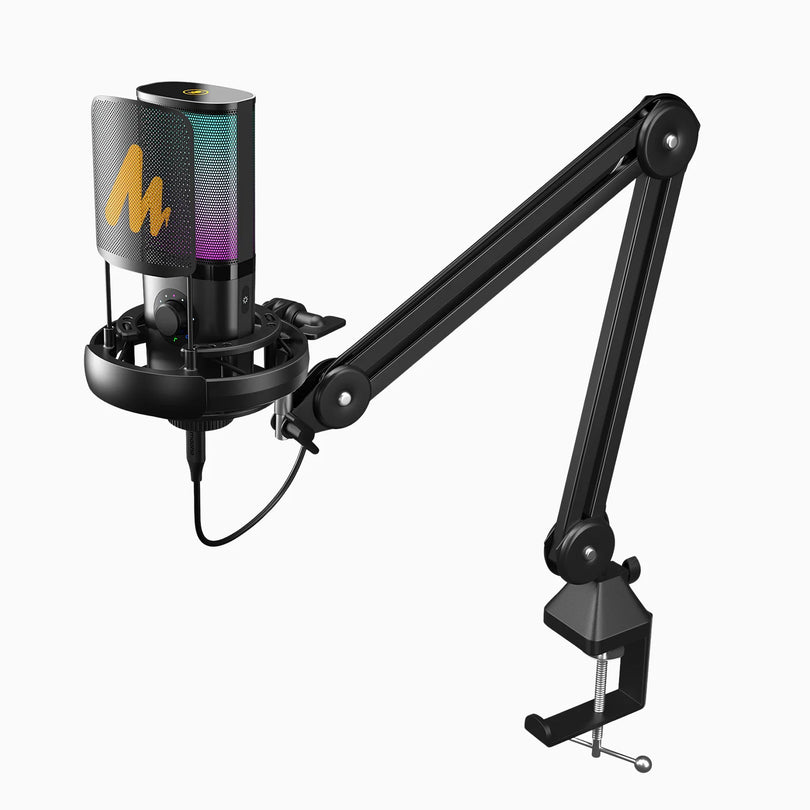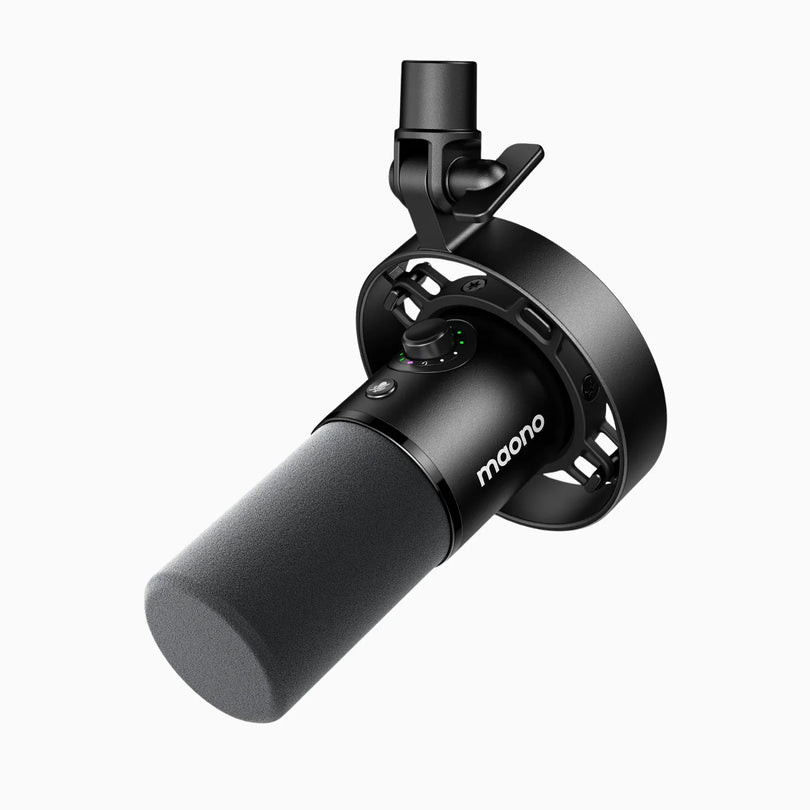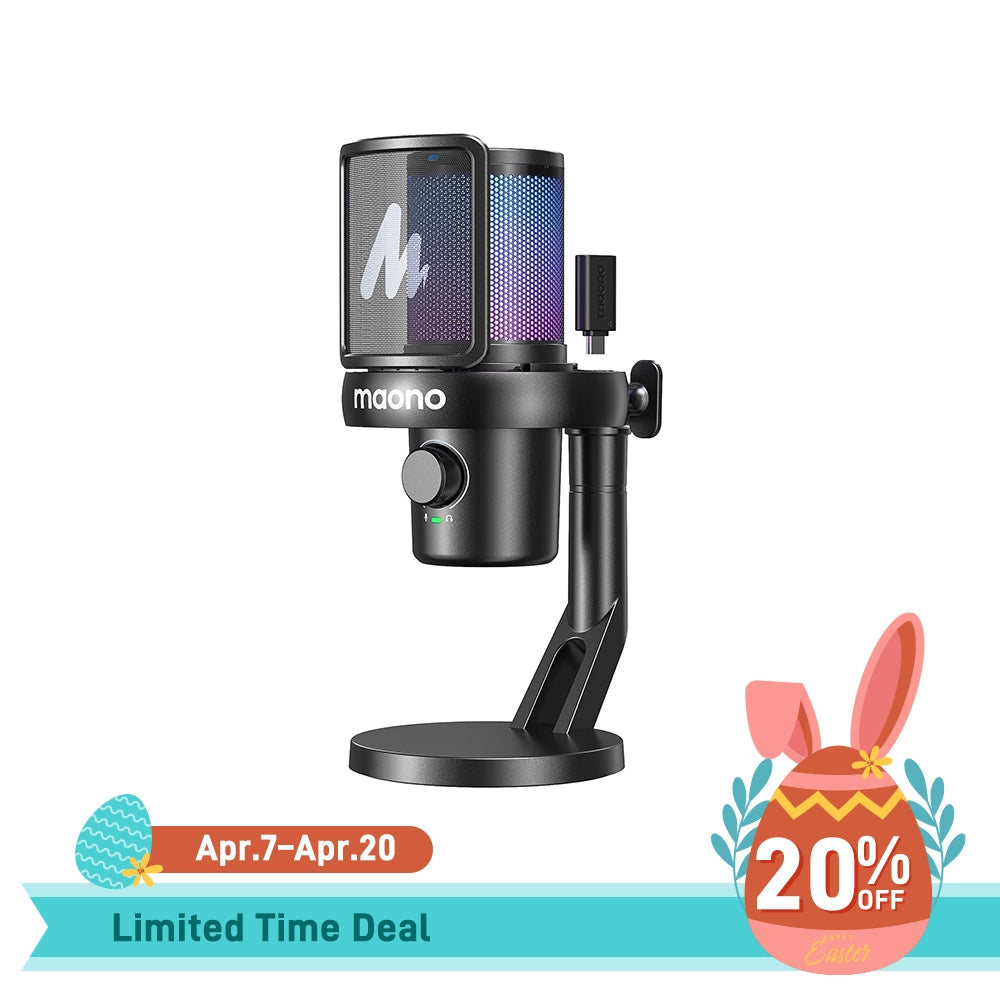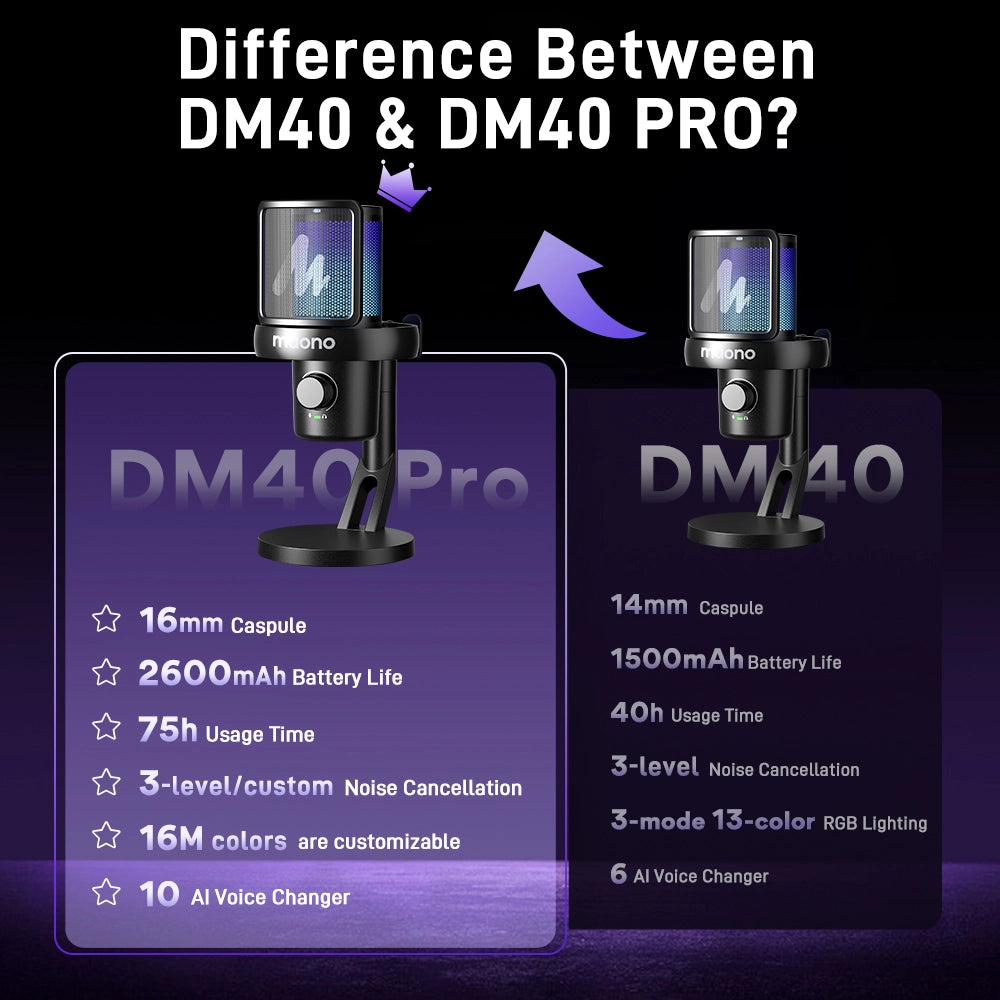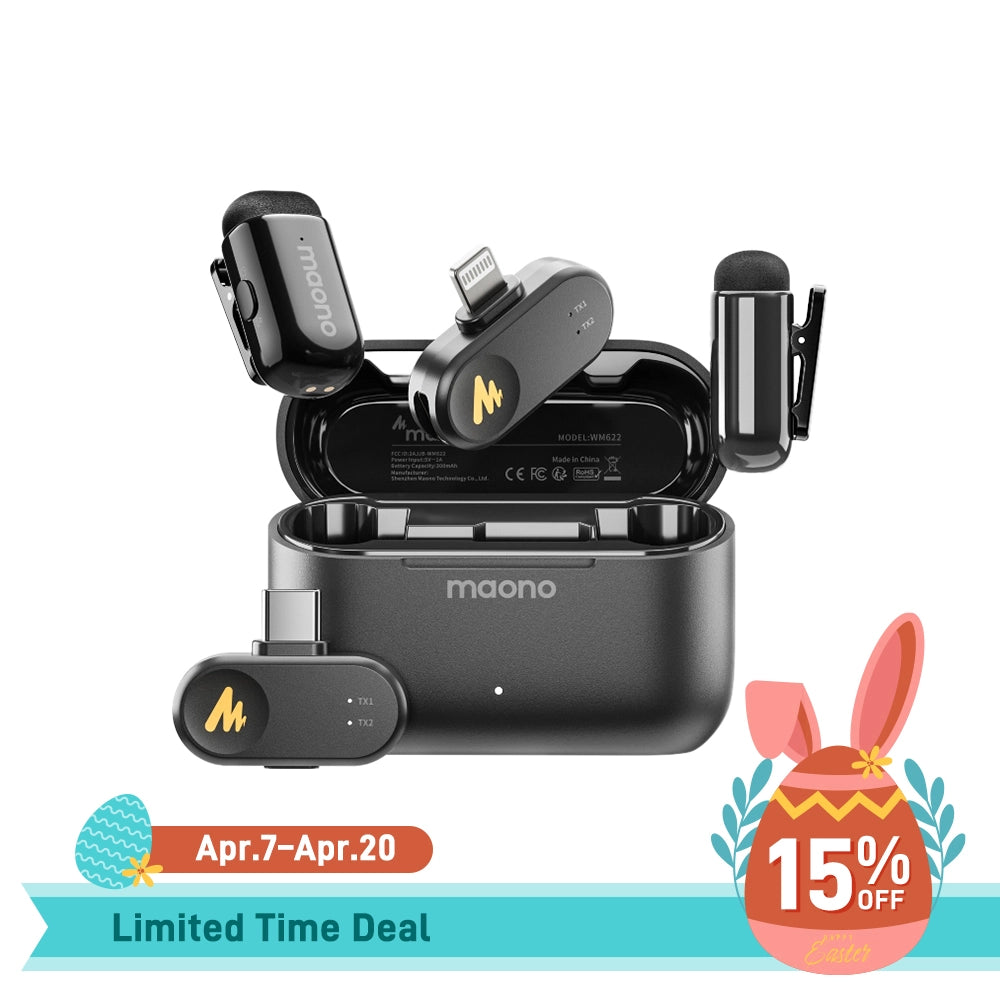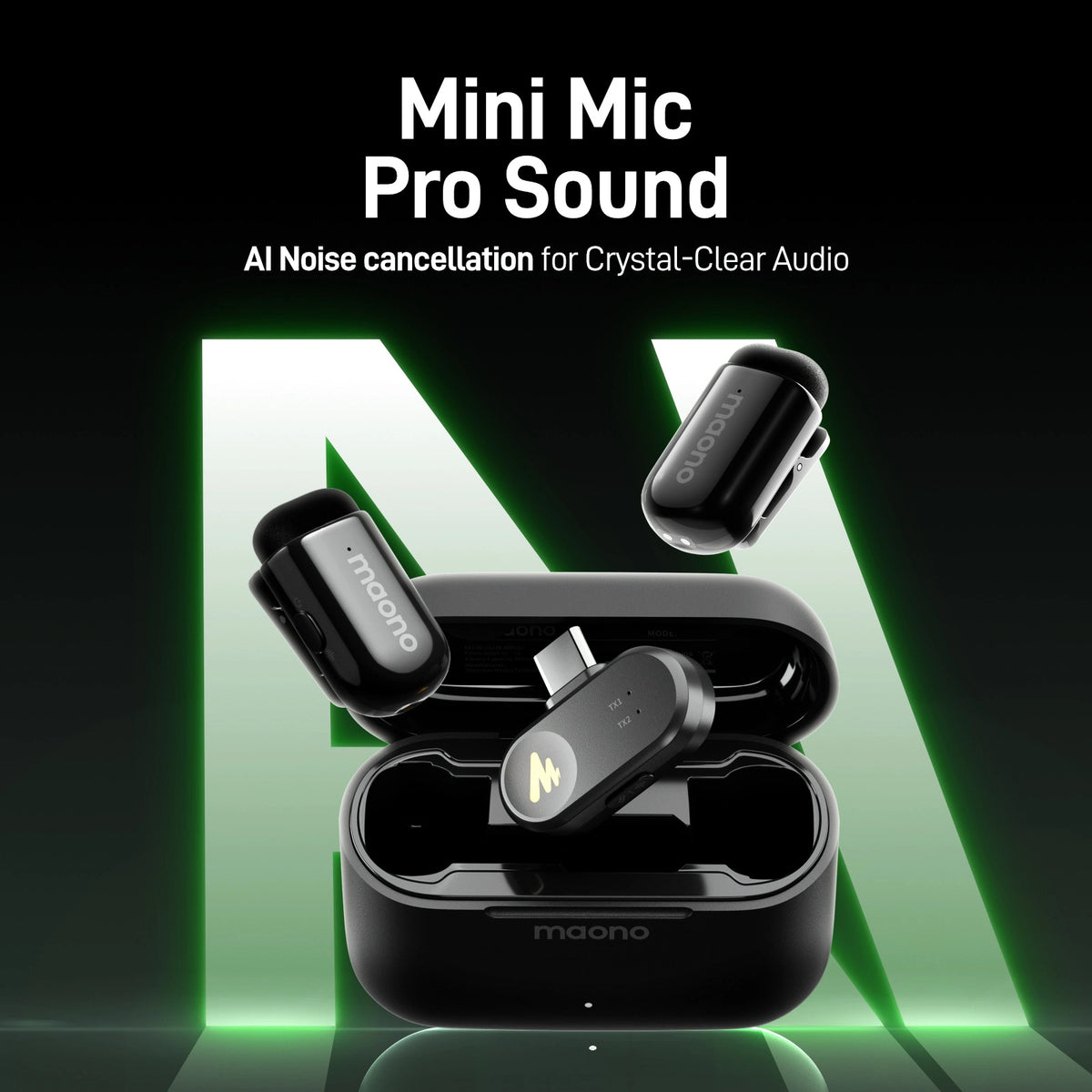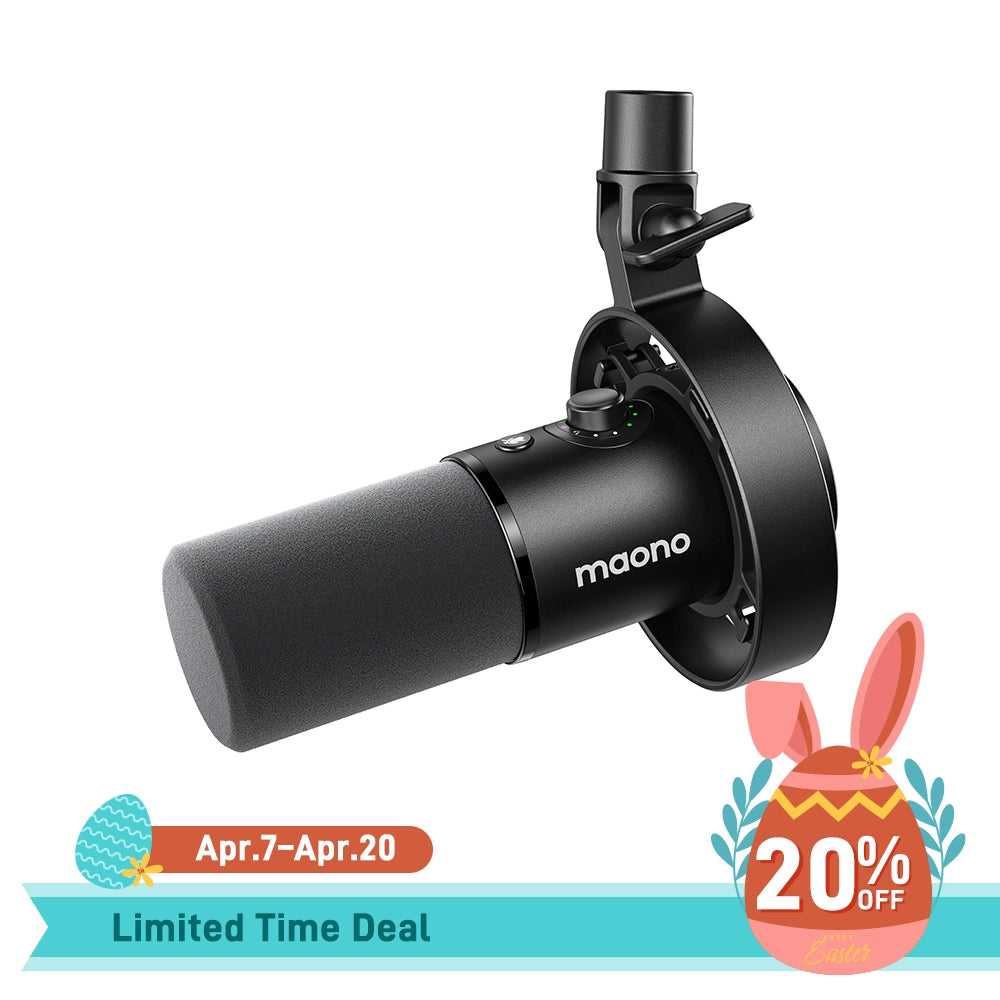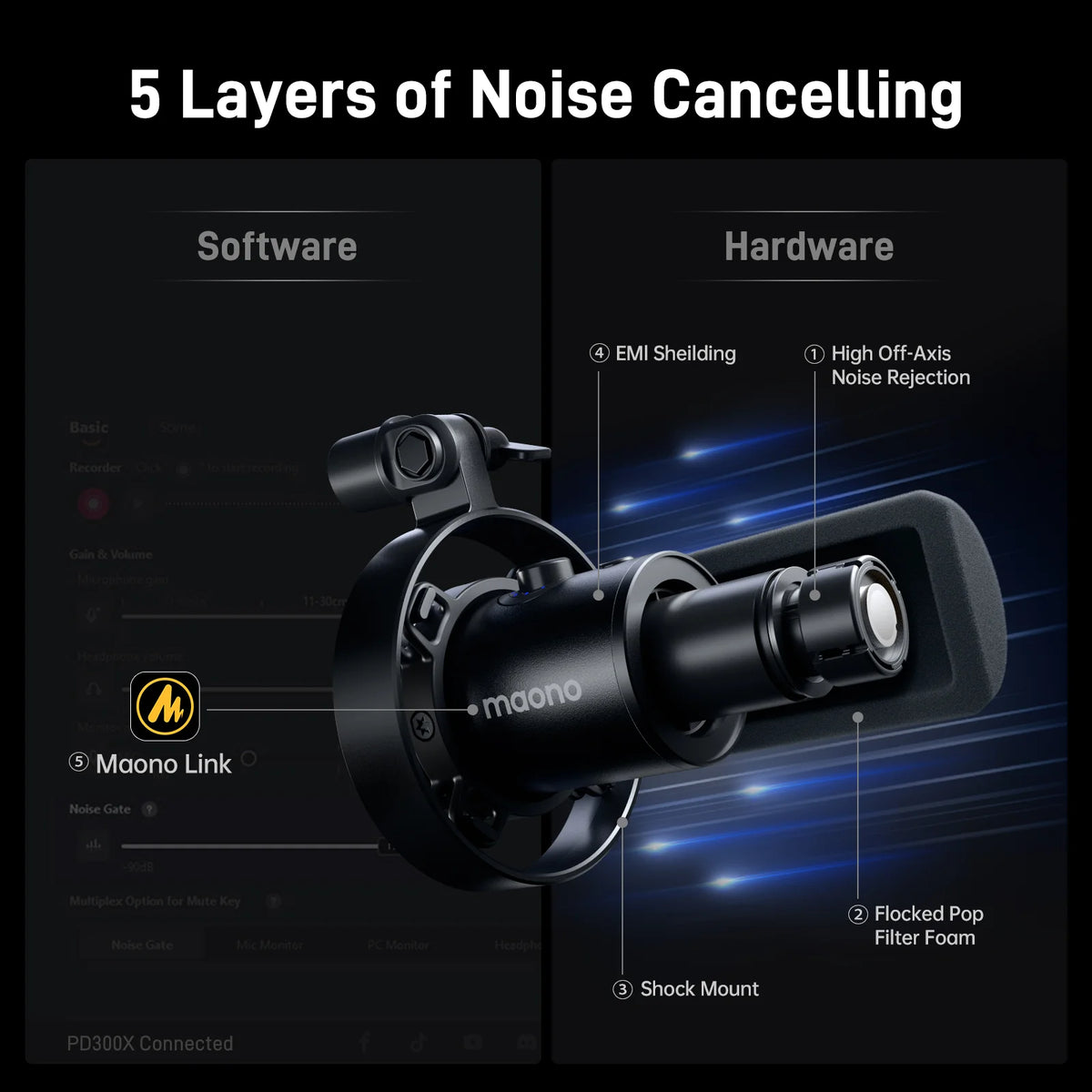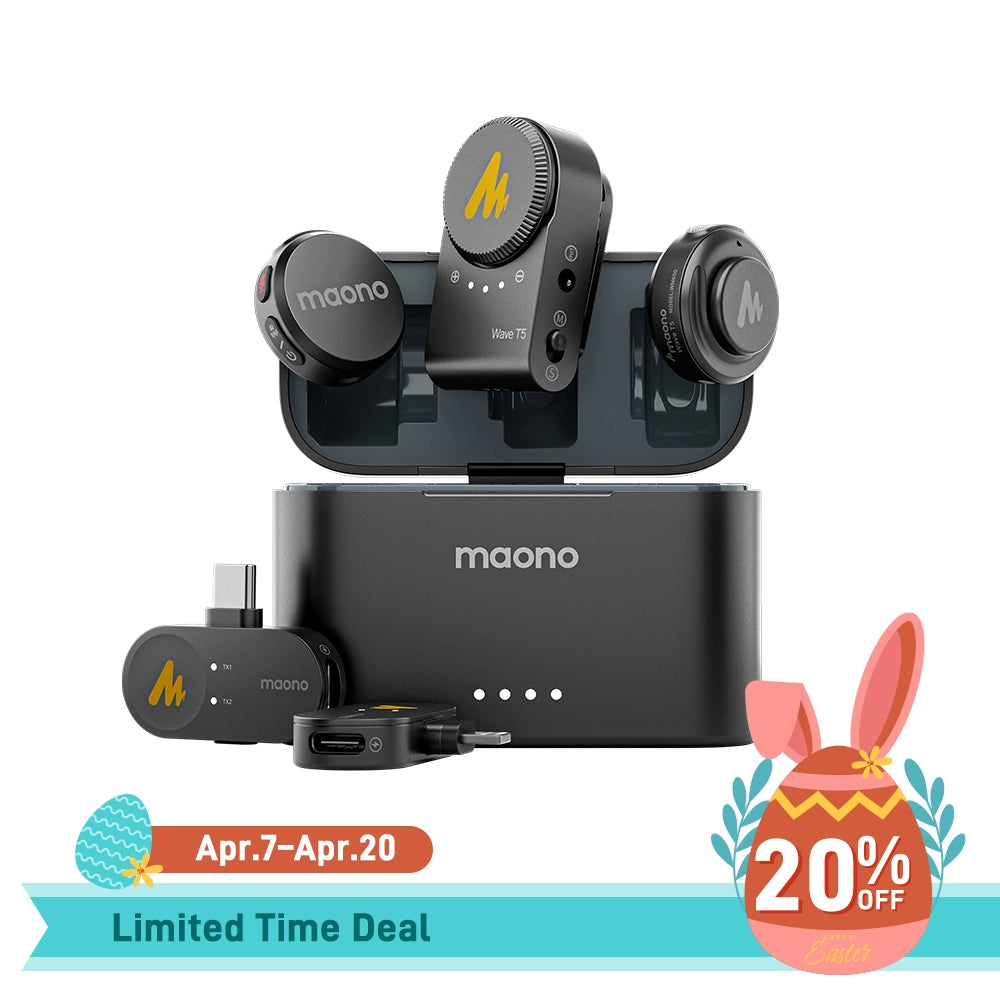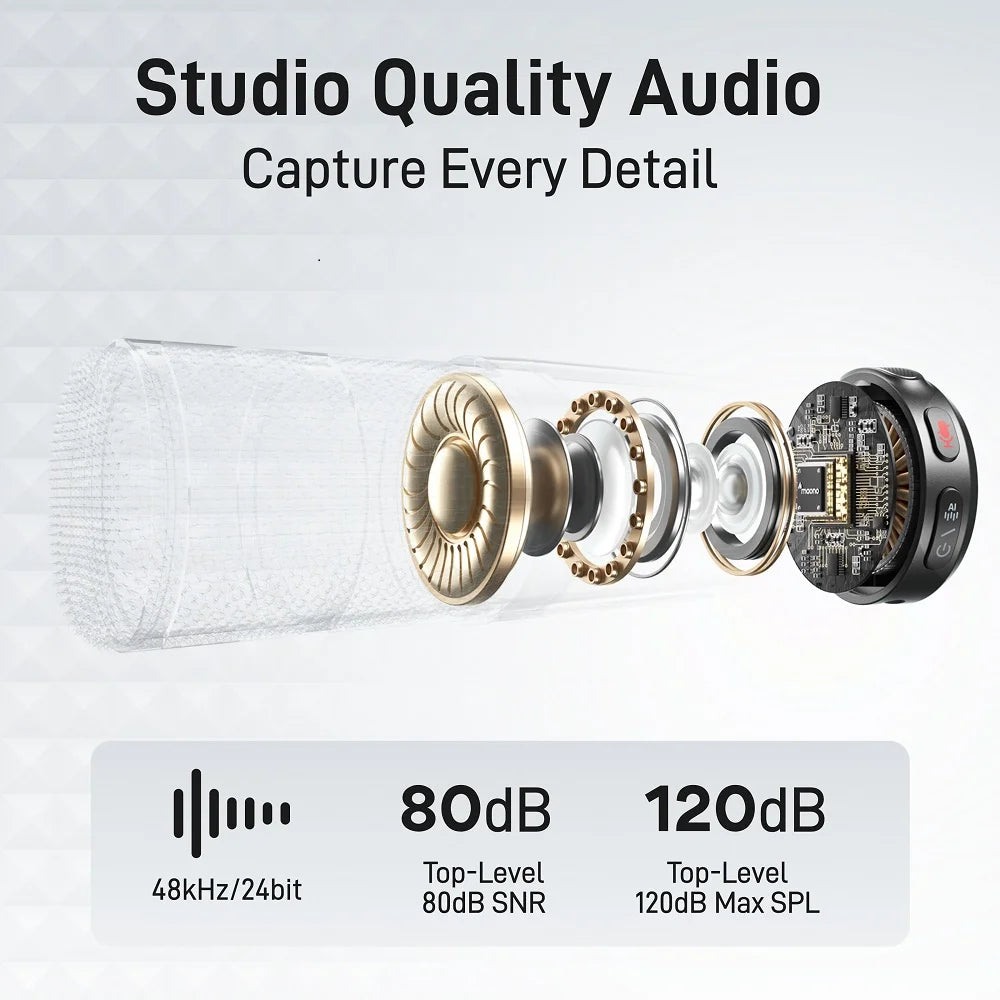Most of the time, online teachers use a headset mic during their online classes. However, do they know that they can upgrade their gear without breaking the bank? And besides, there are a lot of advantages of using a PC microphone USB than settling with a headset with a mic.
Introduction: The Importance of Upgrading Your Tech on a Budget
There are a lot of virtual learning websites emerging nowadays, offering jobs to teachers and classes to students all over the world. So, in this world of online education, having the right tools is no longer optional—it’s essential. Whether you're teaching a classroom of virtual students, conducting tutoring sessions, or hosting webinars, the clarity of your voice can make or break the effectiveness of your teaching. Many educators start out with built-in laptop microphones or budget headset mics. While these may seem convenient, they can quickly become limiting.
The USB computer microphone—a simple, affordable upgrade that can significantly elevate your teaching presence. You don’t have to spend a fortune to improve your audio quality. In fact, some of the best USB microphones for educators are available at budget-friendly prices. In this guide, we’ll explore why upgrading your mic matters, what to look for, and recommend two reliable options: the Maono A04 and Maono PM461.
What Are the Advantages of Upgrading from a Headset Mic to a USB Microphone?
Upgrading from a headset mic to a dedicated USB microphone for laptop computers or PCs offers several benefits for educators:
Superior Audio Quality
USB microphones are designed with better audio components, offering a more natural and fuller sound. This means your voice comes through crisp and clear, making it easier for students to understand and stay engaged.
Plug-and-Play Convenience
Most USB studio microphone options don’t require extra drivers or complicated setup. Simply plug it into your computer, and it’s ready to go—making the switch hassle-free, even for non-tech-savvy teachers.
Professional Presence
A high-quality USB microphone for laptop computers helps you sound more authoritative and confident, which can boost both your students’ attention and your own presentation skills.
Long-Term Value and Durability of USB Mics
While headset mics often wear out due to frequent handling and poor build quality, USB microphones tend to be more durable. They’re often built with metal or reinforced plastic bodies, have stable stands or boom arms, and include replaceable parts like foam windscreens or cables.
Investing in a solid, best budget USB microphone means you’re set for years of online teaching, virtual meetings, or even podcasting—without the need for constant replacements.
Comfort During Long Teaching Sessions
Wearing a headset for extended periods can become physically uncomfortable. Many teachers report headaches, ear pressure, and even skin irritation after hours of wear. This discomfort can affect concentration and delivery.
By switching to a hands-free USB microphone, you eliminate the need to wear anything on your head or ears. This comfort boost is particularly important for teachers who work long hours or manage multiple classes back-to-back.
Hands-Free Operation: Move Freely, Teach Clearly
Another advantage of ditching the headset mic is freedom of movement. With a USB studio microphone on a stand or boom arm, you can:
-
Use your hands freely to demonstrate or write on a whiteboard.
-
Move closer or further from the camera without disrupting your sound.
-
Let students see your full facial expressions and gestures—key for maintaining engagement and clarity, especially when teaching young learners or language classes
Sound Quality Differences: USB Mic vs Headset Mic
Here’s the reality: headset microphones are designed primarily for casual use—like gaming or voice chatting—not professional audio.
|
Feature |
Headset Mic |
USB Microphone |
|
Sound Clarity |
Basic, often tinny |
Rich, full-spectrum voice capture |
|
Noise Reduction |
Minimal |
Often includes built-in filters/pop shields |
|
Range and Sensitivity |
Limited |
Better pickup, clarity, and depth |
|
Directionality |
Omnidirectional or low-end cardioid |
Cardioid patterns to focus on your voice |
With a PC microphone USB, your voice sounds more natural and intelligible, especially in environments with background noise. You can also read this article about the Headset vs USB Gaming Microphone
Cons of Using a Headset Mic
If you're still using a headset mic, here are a few drawbacks to consider:
-
Poor microphone placement
It may sit too far from your mouth or pick up breathing sounds.
-
Low sound isolation
Often captures noise from fans, typing, or background conversation.
-
Unreliable durability
Prone to loose connections or broken headbands.
-
Limited upgradeability
You can’t swap out the mic or customize it for better performance.
What’s the Best Position for a USB Mic During a Virtual Lesson?
Positioning your USB microphone for computer correctly is key to getting the best sound:
-
Distance: Keep the mic about 6–12 inches away from your mouth.
-
Angle: Point the mic slightly toward your mouth but not directly in front to reduce plosives (popping sounds).
-
Stand or Arm: Use a shock mount and adjustable boom arm if possible to eliminate desk vibrations and improve stability.
Avoid placing the mic behind your laptop screen or too close to noisy surfaces like keyboards or papers.
Will a USB Microphone Work with Zoom, Google Meet, or Microsoft Teams?
Absolutely. One of the best things about a USB microphone for laptop computers or desktops is that they are universally compatible with most major platforms, including:
-
Zoom
-
Google Meet
-
Microsoft Teams
-
Webex
-
Slack voice calls
Once connected, you simply select your USB microphone from the audio settings menu within the platform. It’s that easy.
Can I Use a USB Mic with My Tablet or Smartphone for Teaching on the Go?
Yes—but with some conditions. Many USB microphones can be used with tablets and smartphones via an OTG (On-the-Go) adapter or USB-C to USB-A converter, depending on your device’s port.
For example:
-
Android phones with USB-C ports: Use a USB-C to USB-A OTG adapter.
-
iPads with Lightning ports: Use Apple’s Lightning to USB Camera Adapter.
-
Tablets with USB-C: Use direct USB-C connections or a hub.
Just make sure your microphone supports USB power delivery from mobile devices. Models like the Maono PM461 work well in mobile setups due to low power requirements. You can even find these options by searching for a “USB microphone near me” on Google, online marketplaces, Amazon, directly at Maono or try your local electronics stores.
Best Budget USB Microphone Options for Online Teaching
Here are two great, best budget USB microphone options that are ideal for educators:
Maono A04 (AU-A04)

Type: Condenser Microphone
Polar Pattern: Cardioid
Connectivity: USB-A to USB-B
Frequency Response: 30Hz–16kHz
Notable Features:
-
Professional studio-quality audio
-
Plug-and-play setup with Windows and macOS
-
Durable all-metal build
-
Includes boom arm, shock mount, pop filter, and foam windscreen
-
Excellent noise isolation and vocal clarity
Why it’s great for teaching:
The Maono A04 gives you studio-level sound without breaking the bank. Its cardioid pickup pattern focuses on your voice and minimizes ambient noise, making it perfect for virtual classrooms. With a full kit included, it’s ready to go out of the box—no extra purchases needed.
Maono PM461

Type: Condenser Microphone
Polar Pattern: Cardioid
Connectivity: USB-A to USB-B
Frequency Response: 20Hz–20kHz
Notable Features:
-
Adjustable gain knob for easy volume control
-
Compact and portable design
-
Plug-and-play compatibility
-
Desktop tripod stand included
Why it’s great for teaching:
Ideal for mobile or minimalist setups, the Maono PM461 offers high sensitivity and clarity in a smaller, more compact design. It features a mic gain adjustment knob useful when adjusting the mic’s sensitivity to reach your desired, perfect voice—the way you want to sound. It comes with a sturdy tripod too, making it a smart pick for teachers who teach from multiple locations or need a mic that travels well.
Conclusion
Upgrading from a basic headset mic to a USB microphone is one of the most impactful and affordable changes you can make to your online teaching setup. Not only will your voice sound clearer and more professional, but you'll also experience greater comfort and flexibility during lessons.
Models like the Maono A04 and Maono PM461 USB studio microphone options prove that excellent sound doesn’t have to come with a high price tag. Whether you’re hosting daily Zoom classes, recording lessons, or teaching on the go, investing in a quality USB mic will help your voice carry the authority and warmth your students need to stay engaged and successful.
So why wait? Upgrade your audio setup today with Maono microphones for less and transform the way you teach—one clear word at a time.


